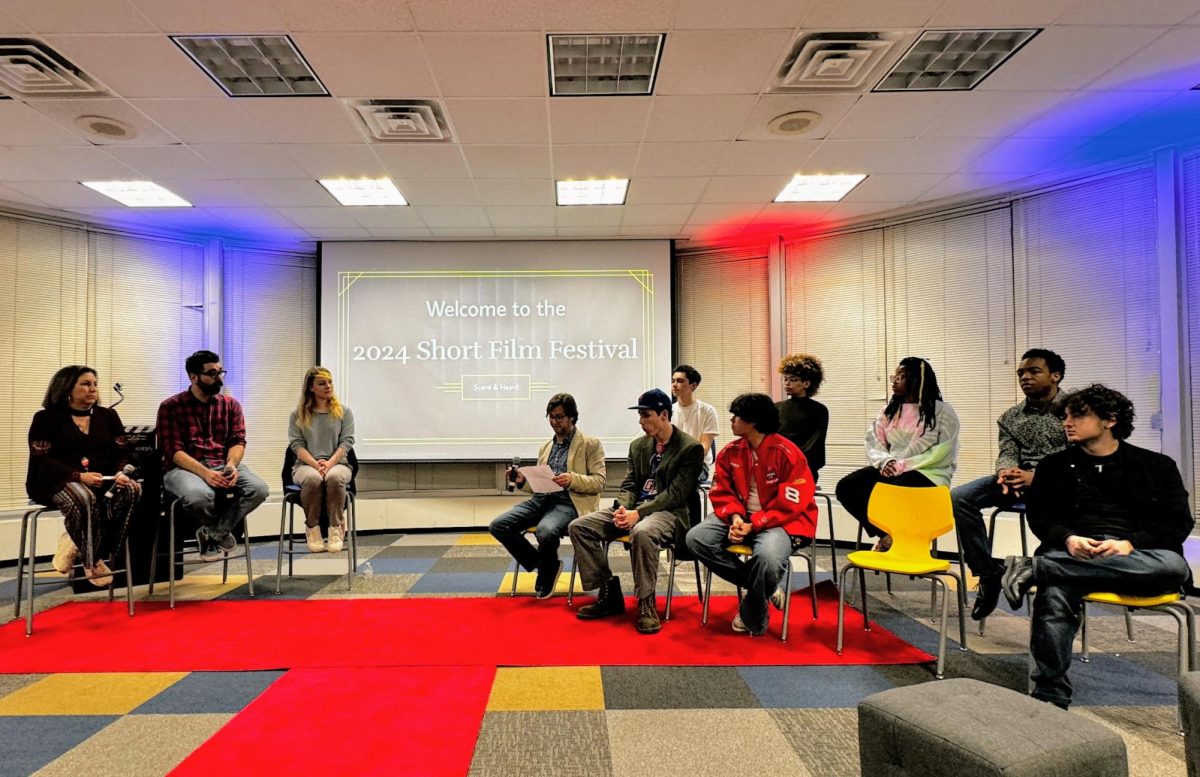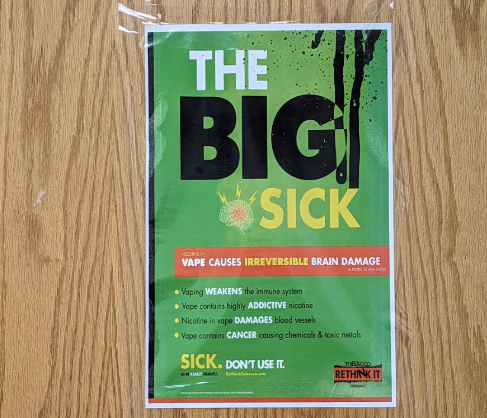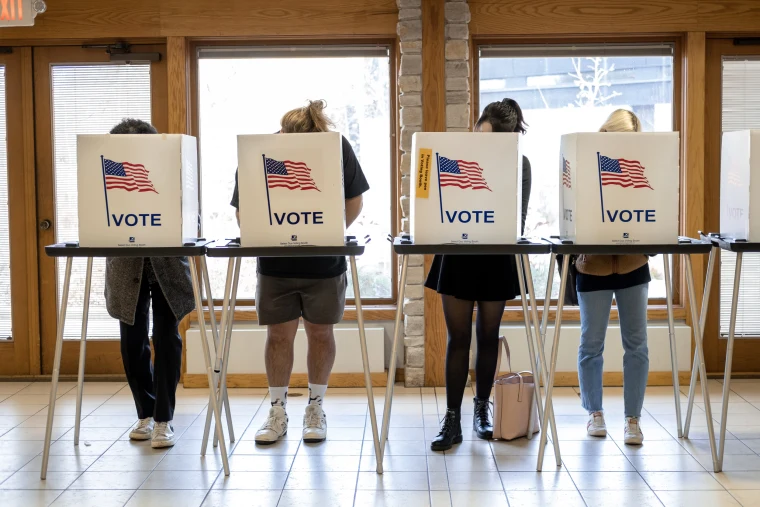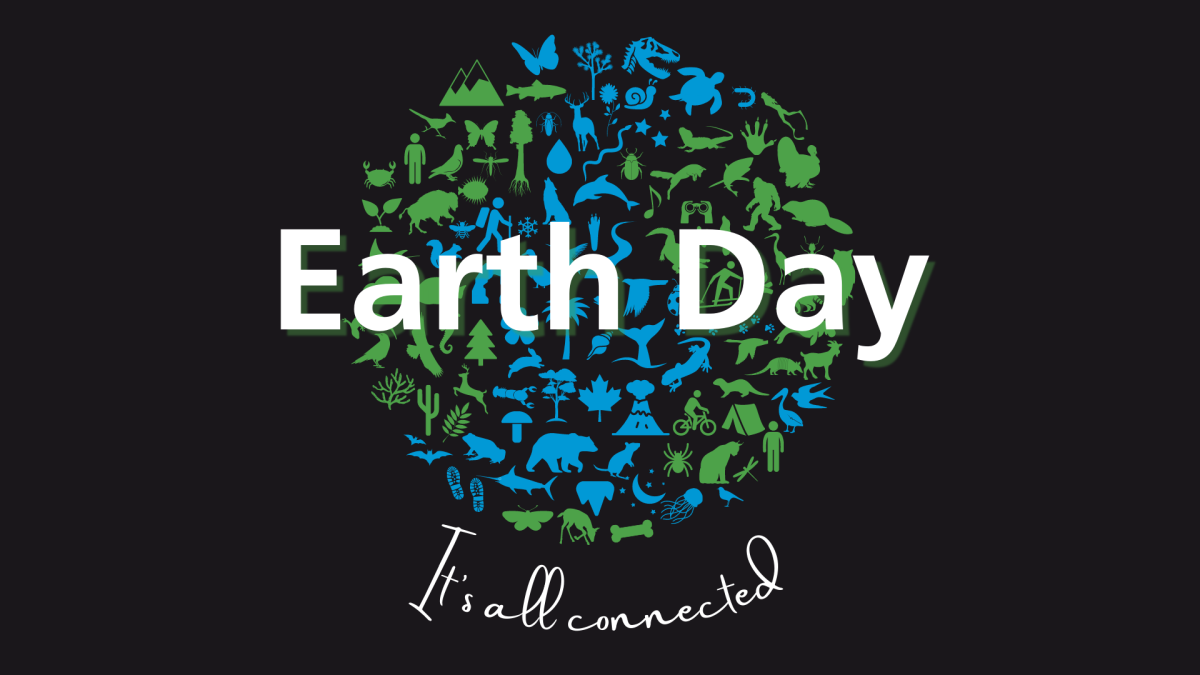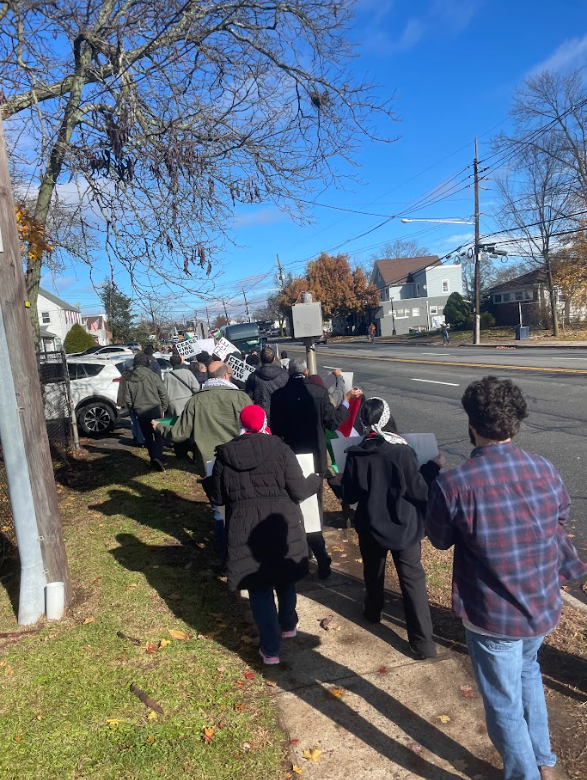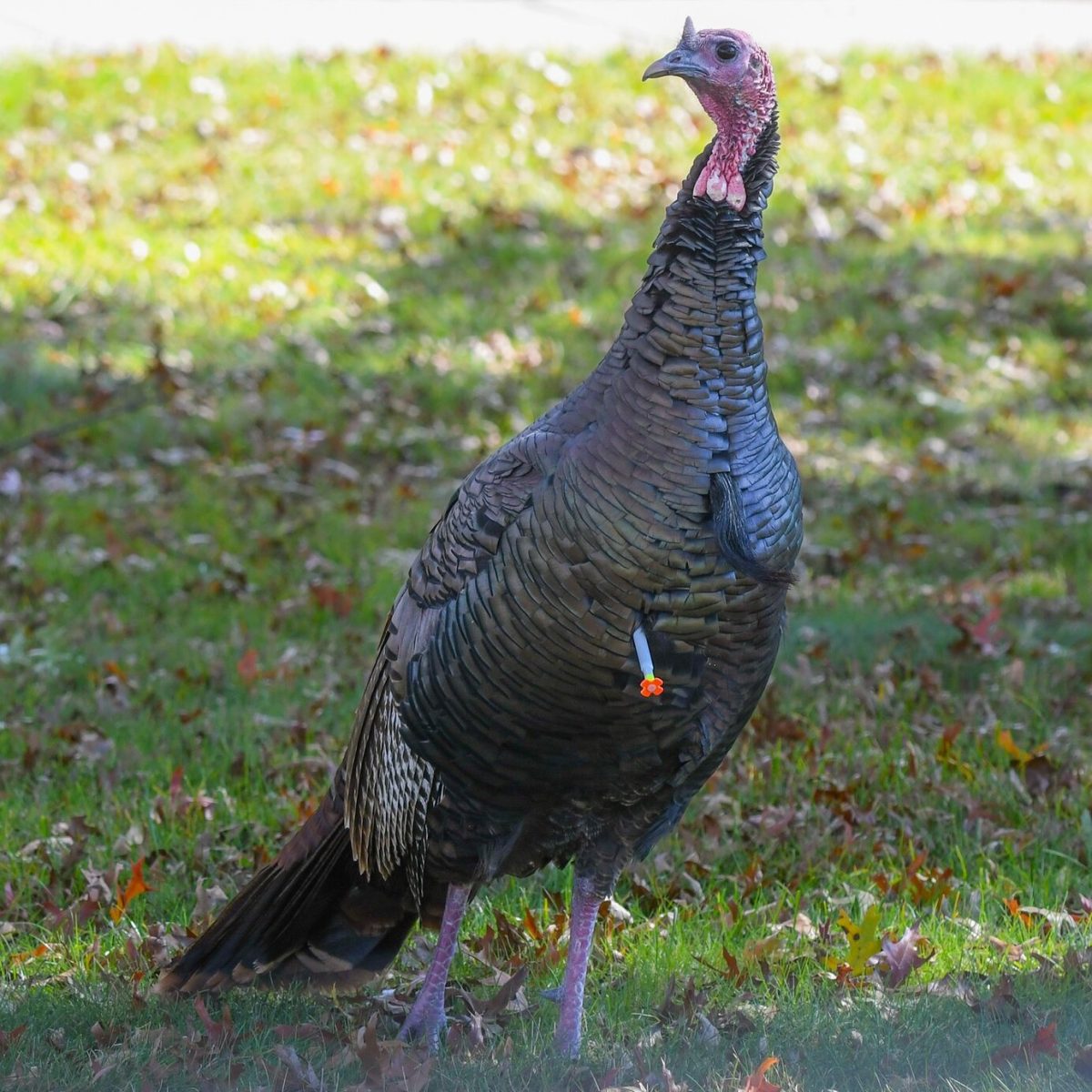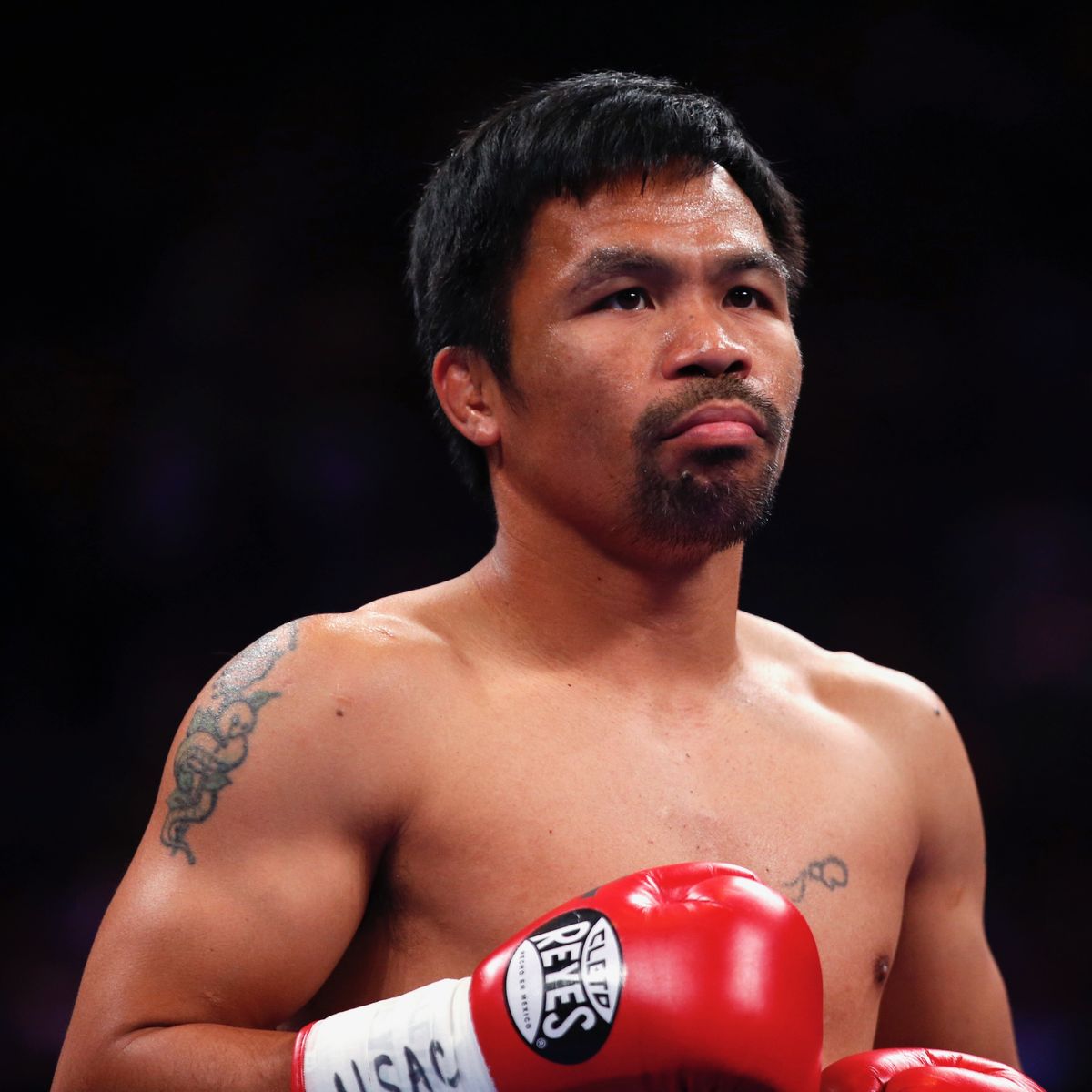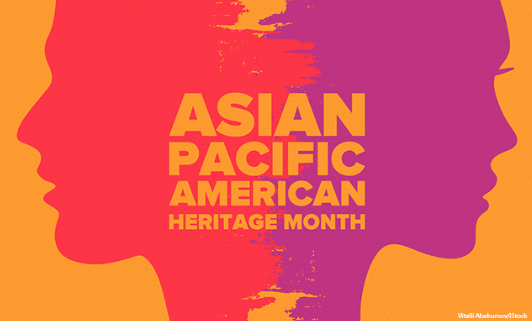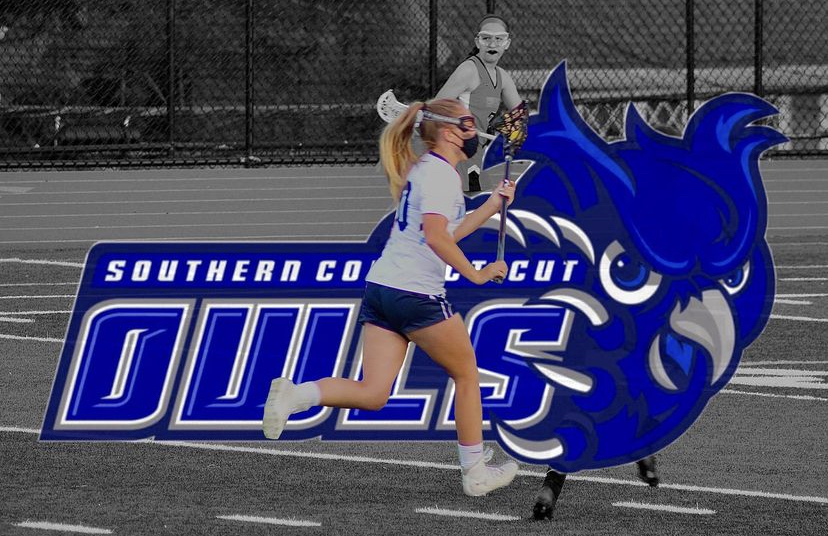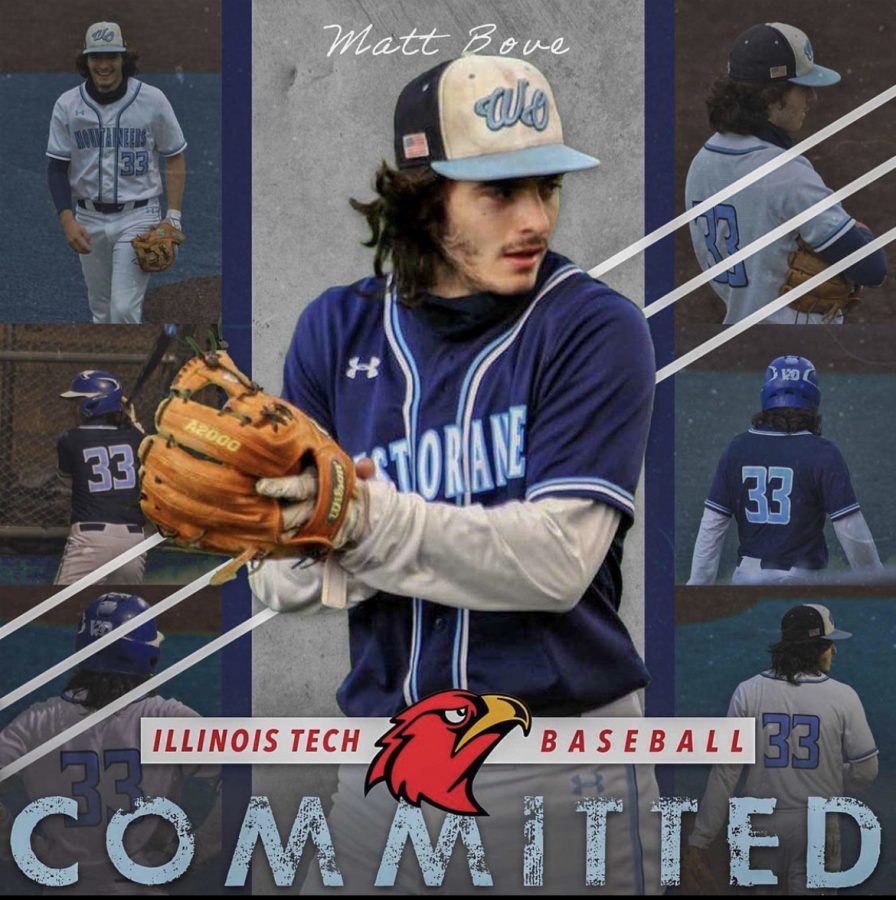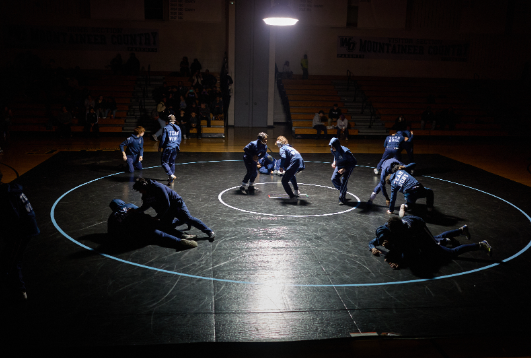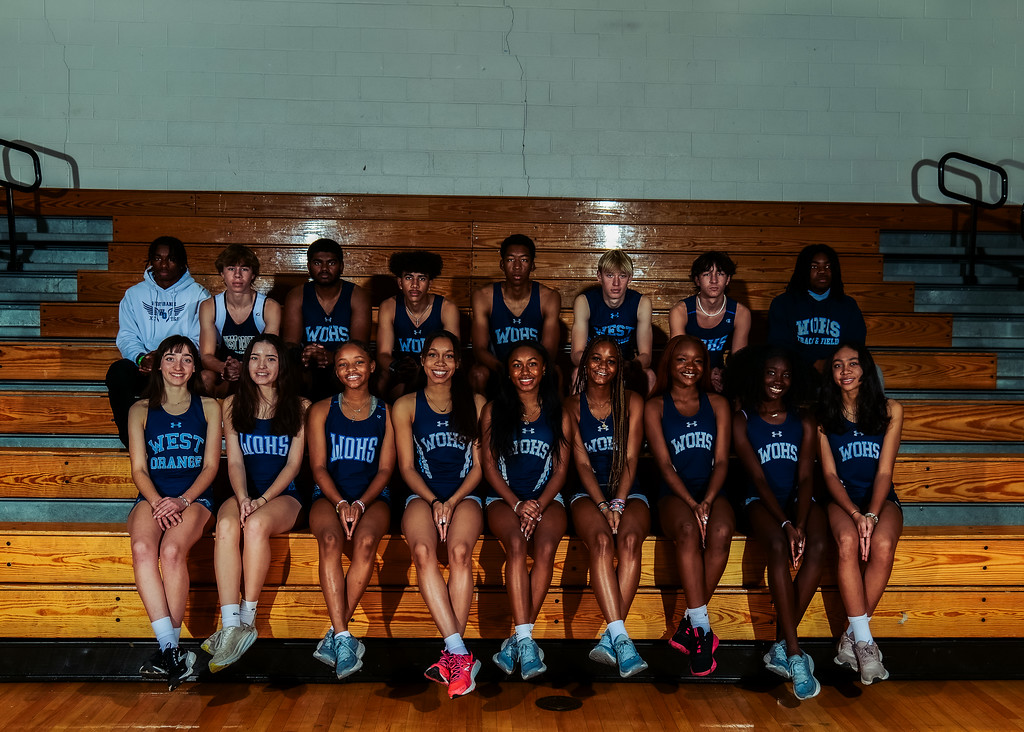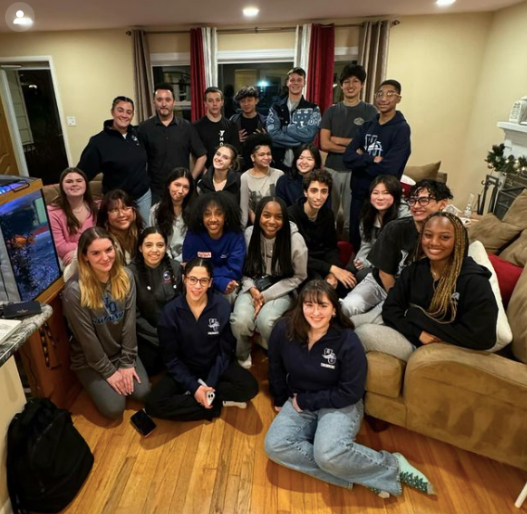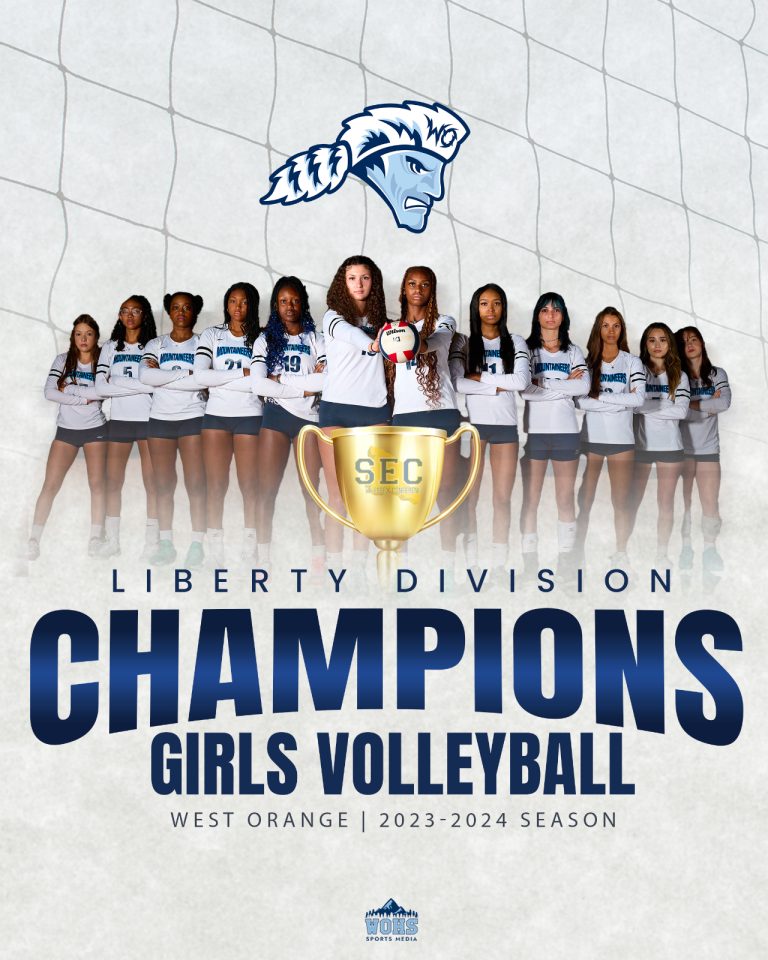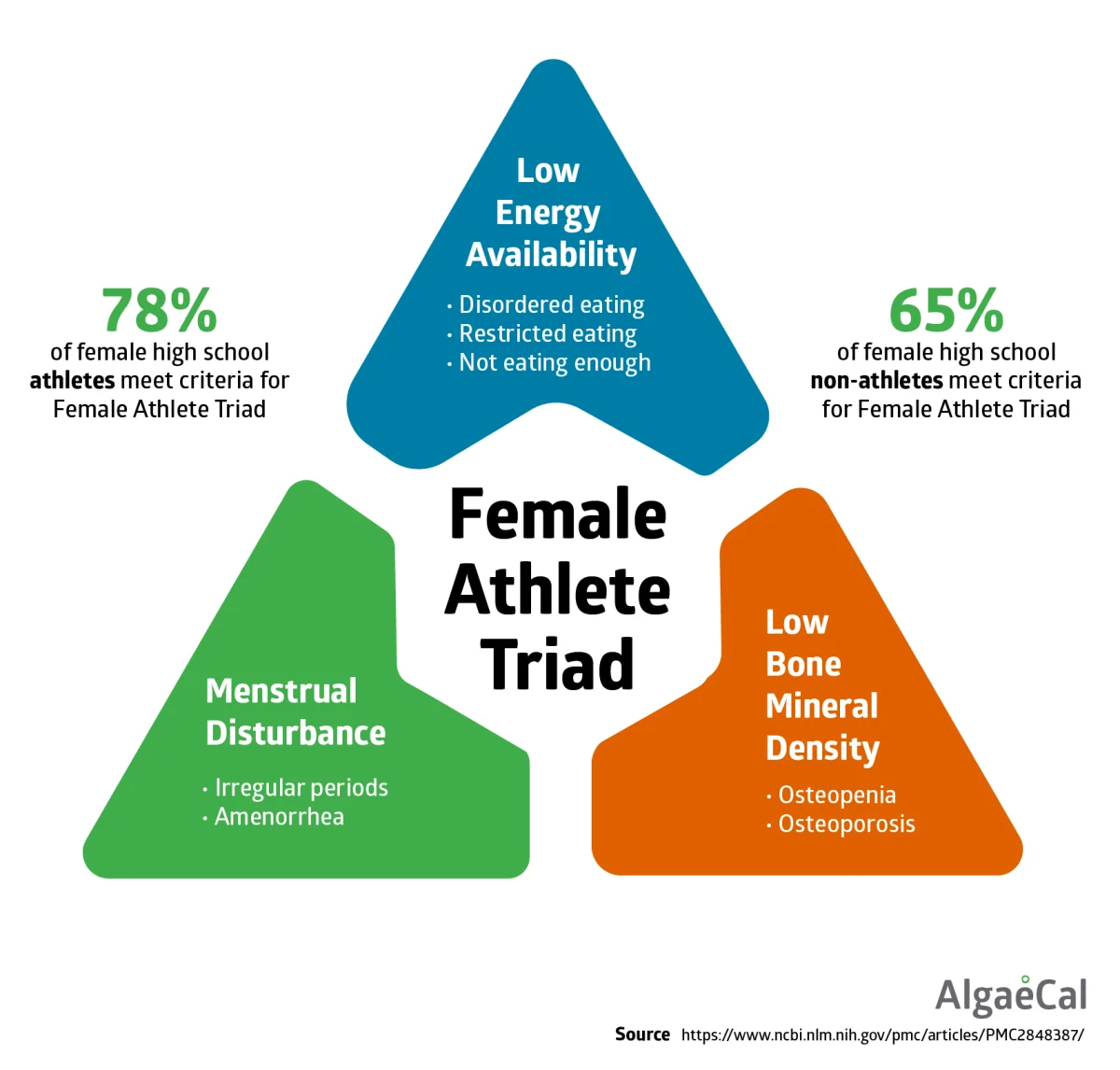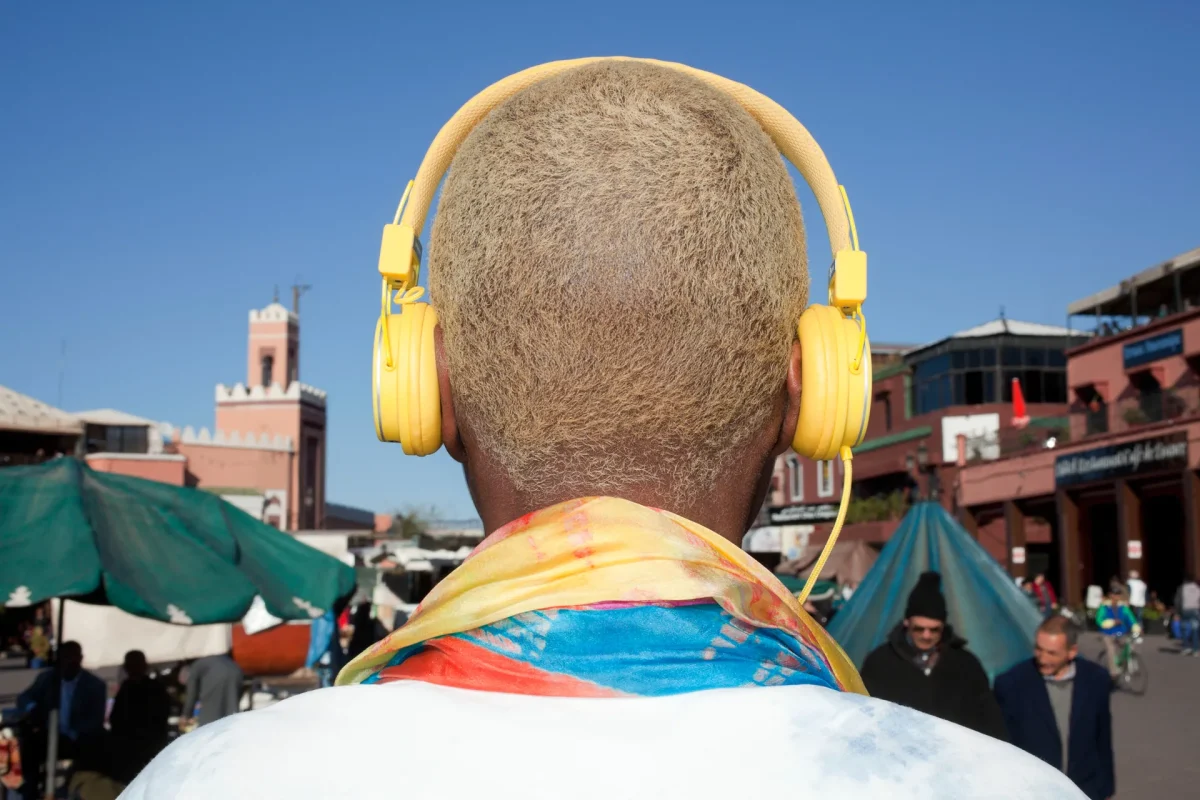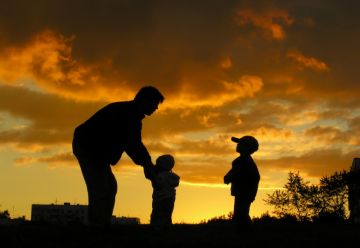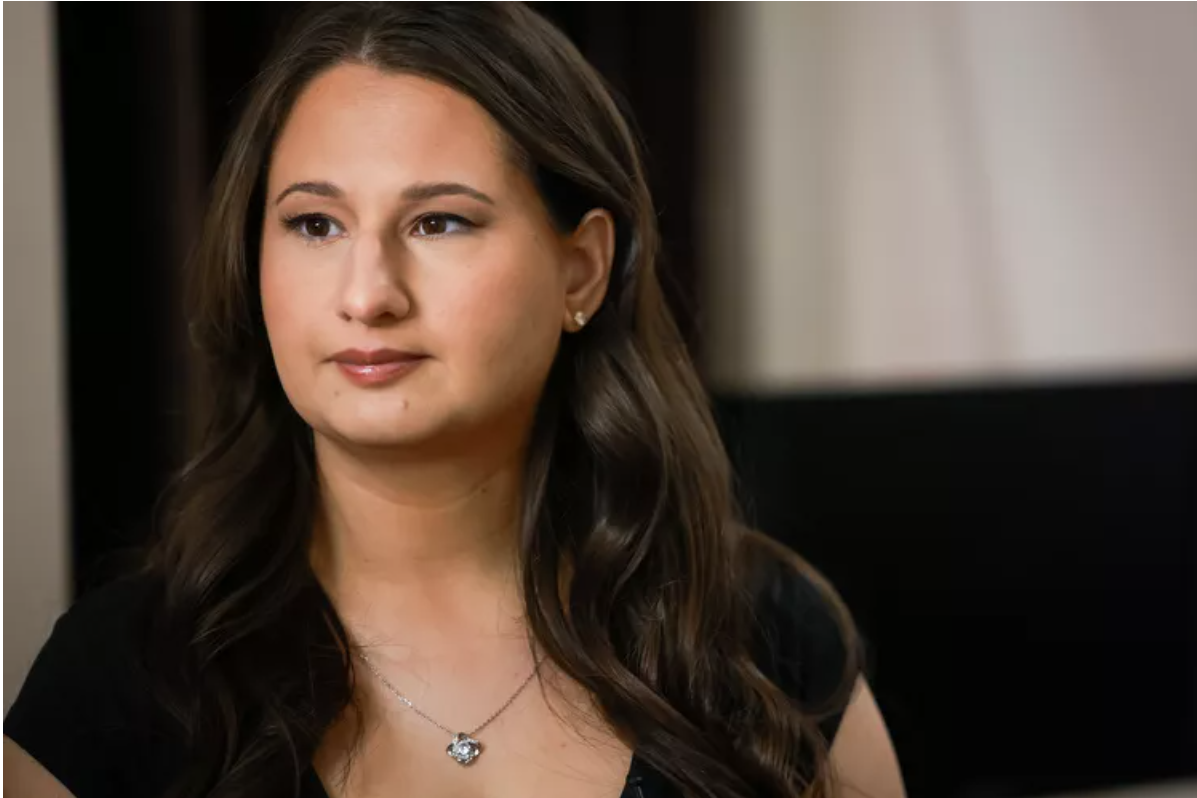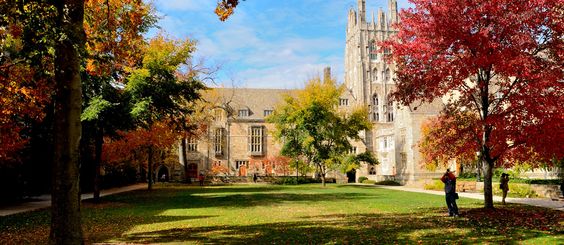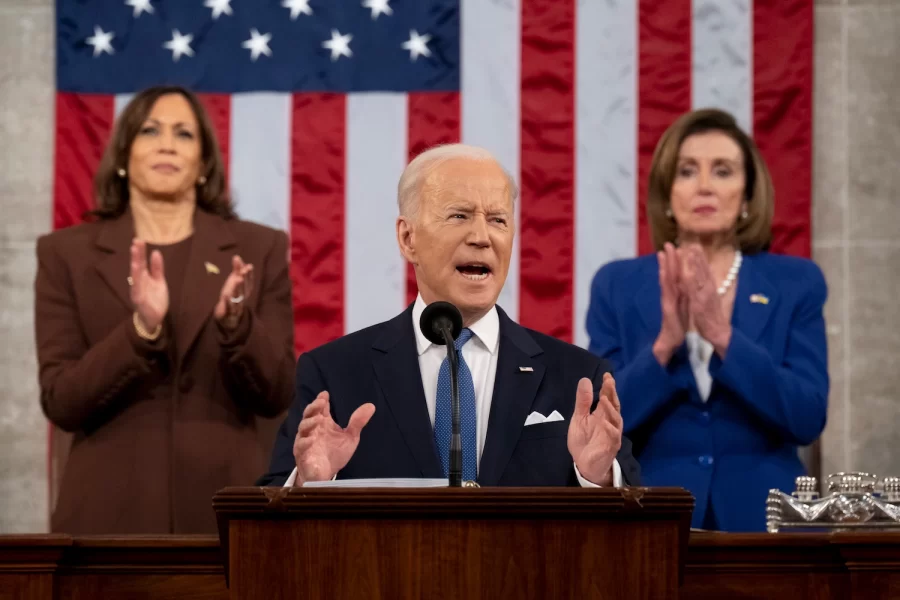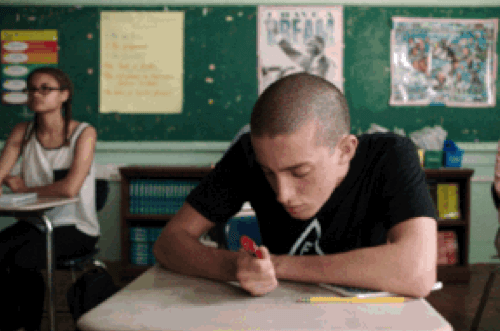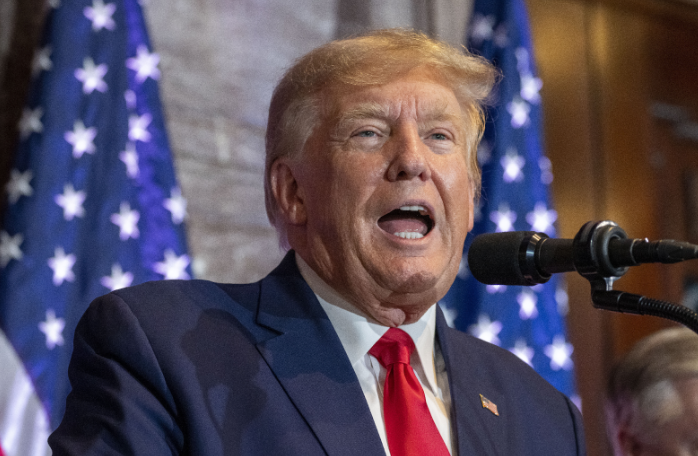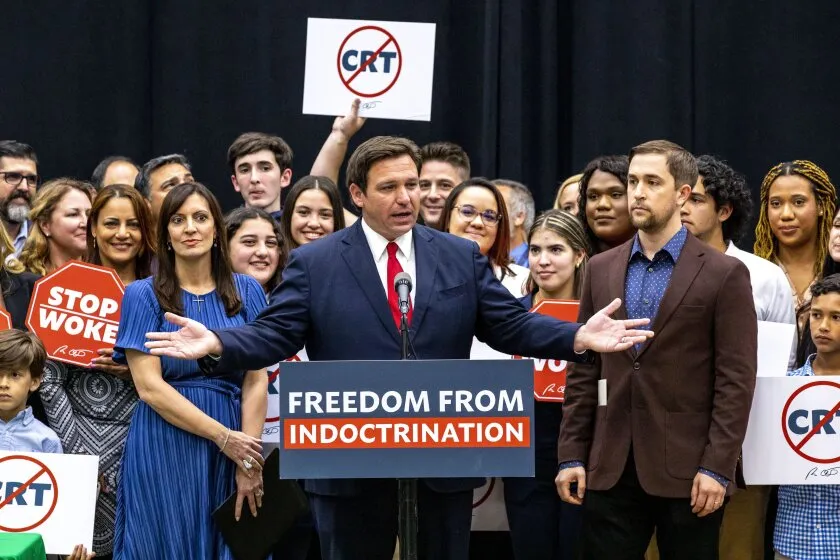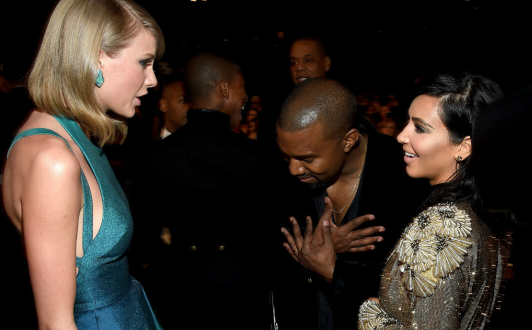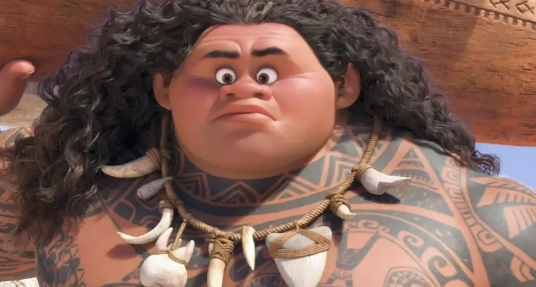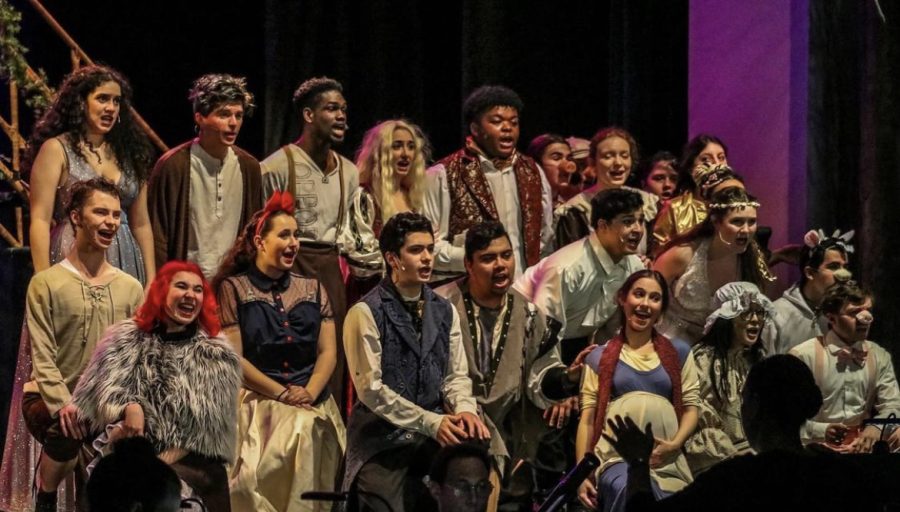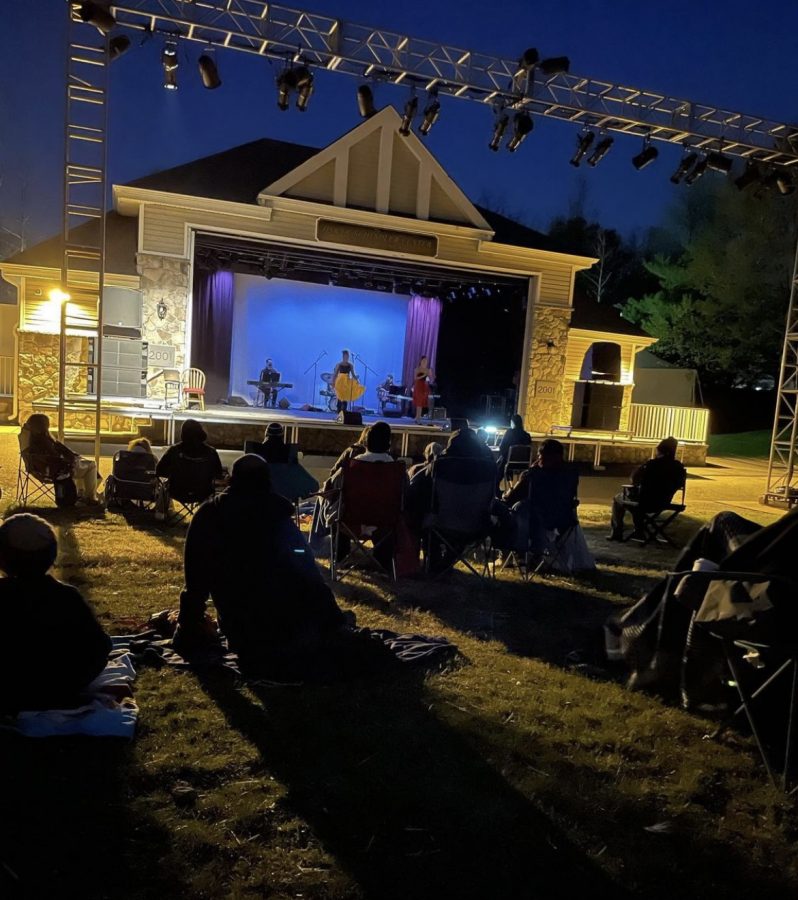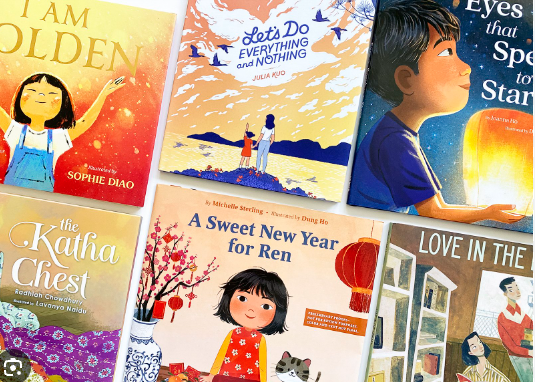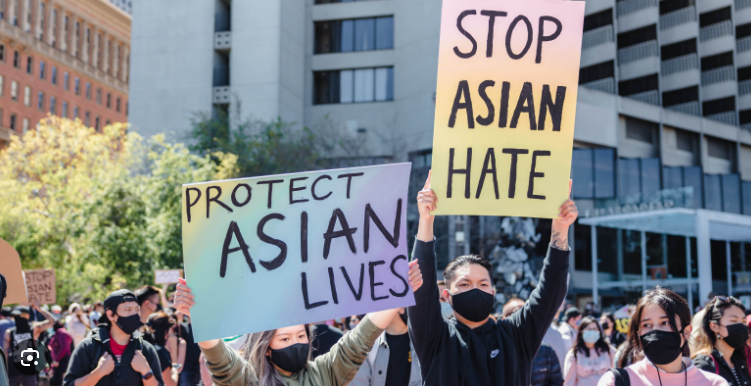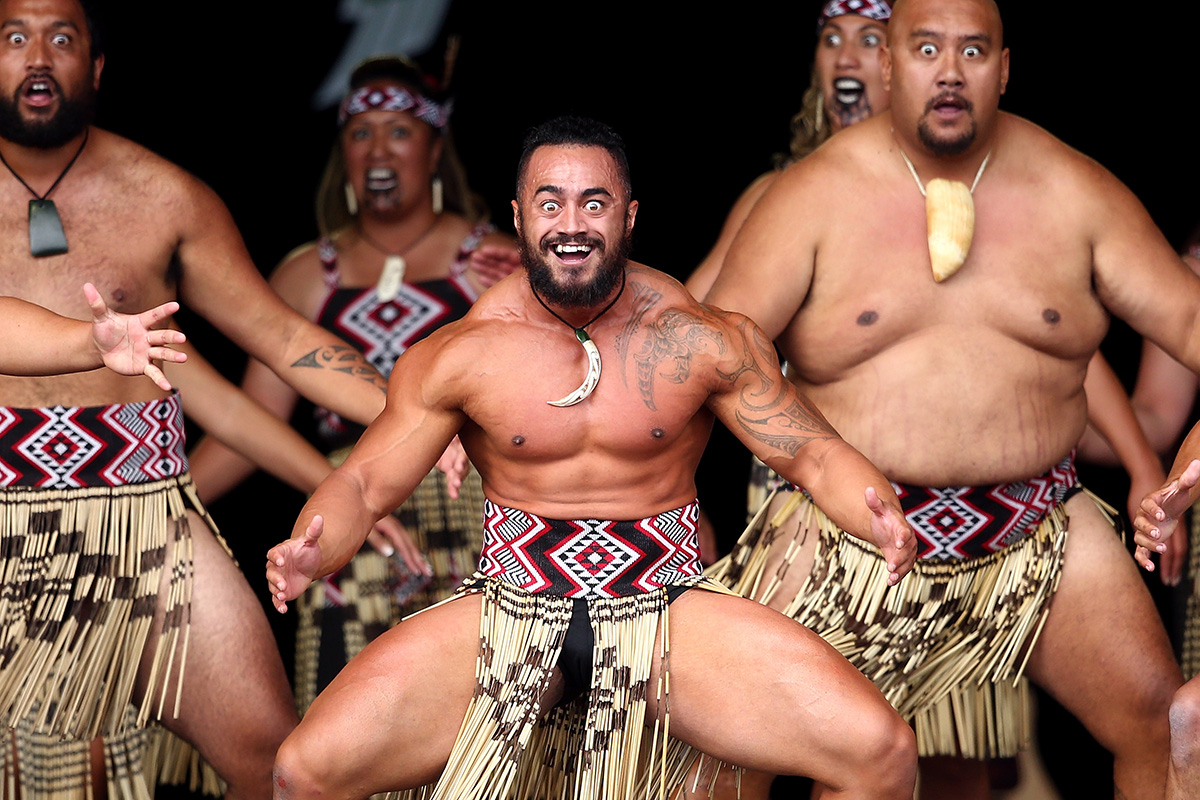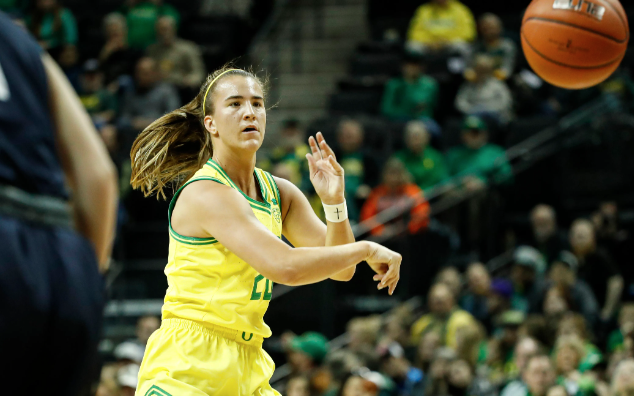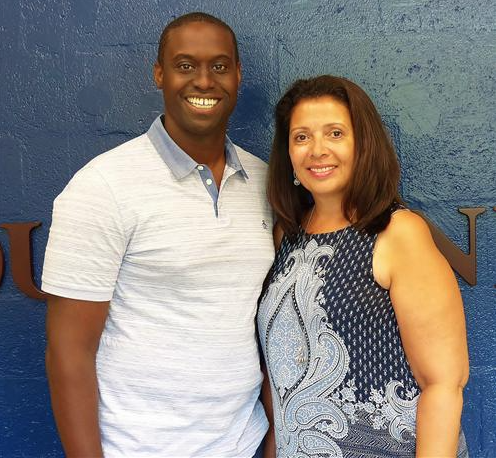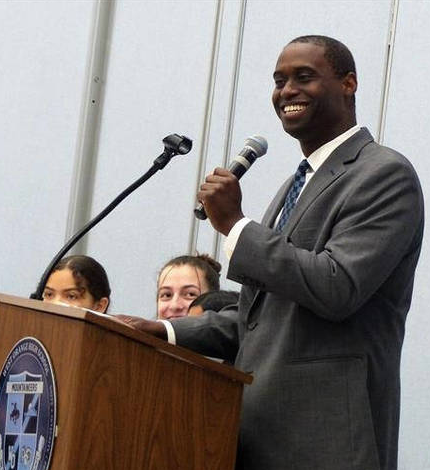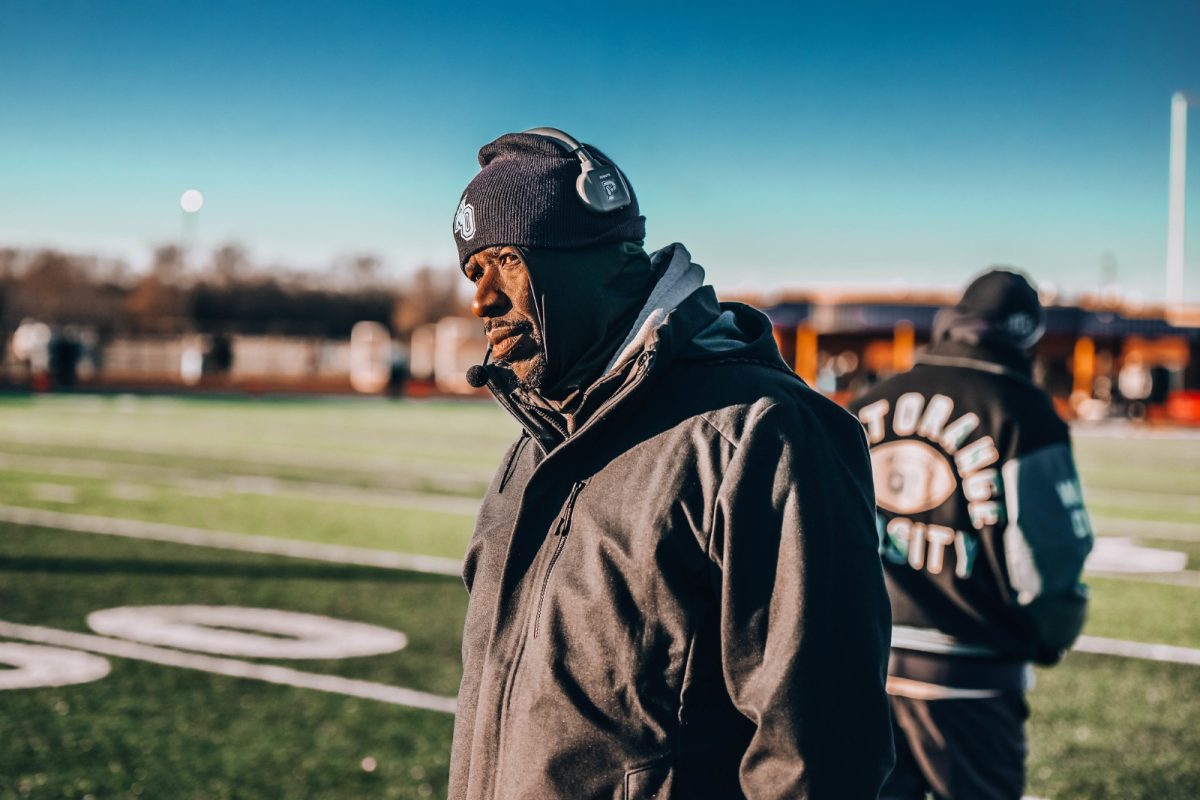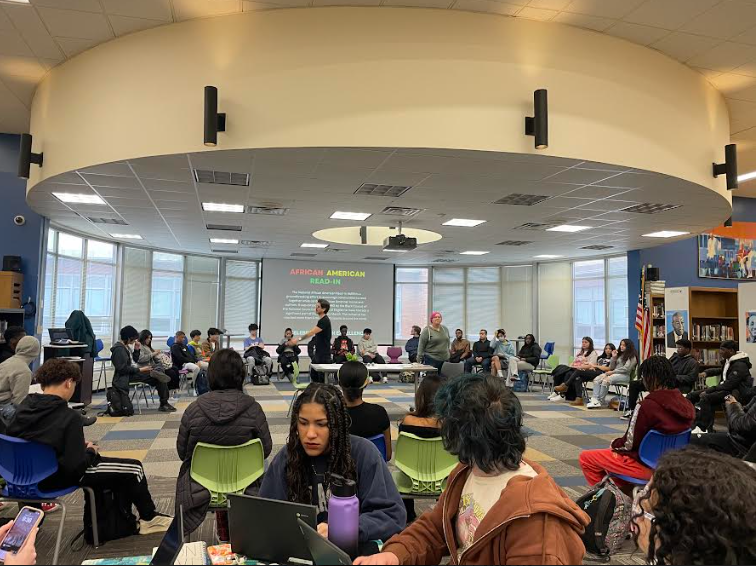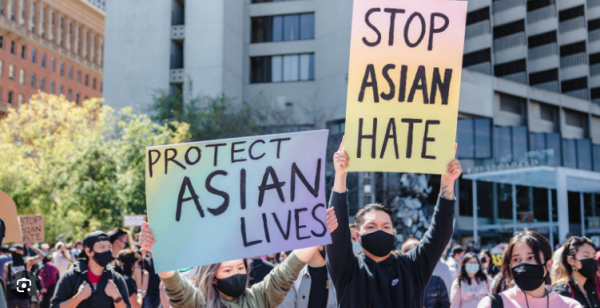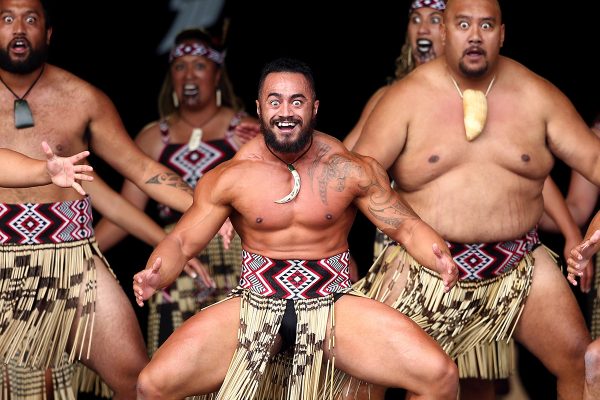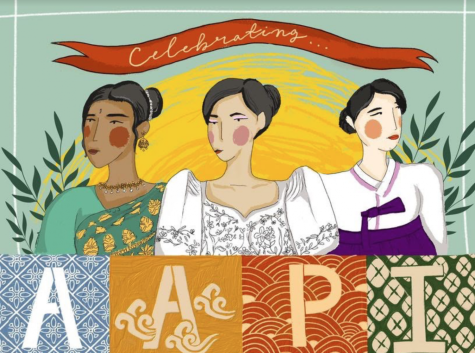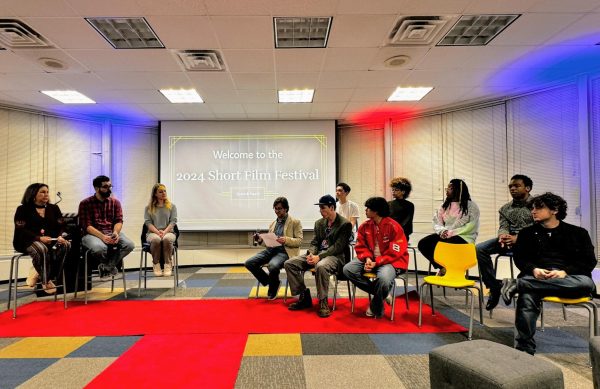Important Figures in AAPI History

As May is Asian American Pacific Islander Month, we need to recognize those who have contributed to society in the face of adversity and succeed on behalf of all Asian American Pacific Islanders.
Anna May Wong
Anna May Wong was the first Chinese American to star in Hollywood. She appeared in silent films, television, and stage productions. Her family emigrated from Taishan, China, although she was born and raised in the Chinatown area of Los Angeles. Discriminated at a young age, Wong would spend her days on sets where she dreamt of becoming a movie star.
Some of her first roles were in Bits of Life and The Toll of the Sea. After her initial success, she was primarily cast in supporting roles or as the typical “Asian character”. This discrimination on set greatly affected her ability to make a name for herself. To counter this injustice she decided to make the bold move to Europe where she portrayed multiple leading roles and was widely regarded as a star. Production companies in the United States were eager to have her back, so they promised that she would have many more opportunities if she returned. Yet, even after her arrival, she was continuously cast as the stereotypical Asian character. She would fight this until her sudden death at the age of 56.
Kalpana Chawla
Kalpana Chawla was the first Indian woman to travel to space. Chawla was born in Karnal, India where she studied Aeronautical Engineering before moving to the United States to complete the doctoral program in Aerospace Engineering.
Airplanes and other aircrafts were always a passion of Chawla’s. Finding major success as a part of NASA, she became Vice President and Research Scientist of Overset Methods. She was then offered higher-level positions until eventually asked to join the Space Shuttle Columbia team where she would assist as a robotic specialist. Unfortunately, when returning to Earth in 2003, the space shuttle crashed and Chawla passed. Yet, her legacy lives on as she has made a lasting impact on the aerospace community and other AAPIs who wish to pursue a career in the field of science.
Bruce Lee
Bruce Lee is highly regarded for his talent in martial arts. His skill eventually translated into multiple movie franchises which were wildly successful in the 70s. Although Lee was born in San Fransico, he was raised in Hong Kong. While growing up he took up with gangs. To defend himself he began to learn karate and, at the same time, dance to improve his footwork. This deterred his parents who consequently sent him to the United States.
After studying philosophy and Drama, he started a martial arts studio that taught his own technique called Jeet Kune Do. This style impressed Hollywood producers who offered him a role in a television series. After the show ended, he struggled to find success in the United States, so he moved back to Hong Kong where he struck gold as an actor. Eventually, he started his own production company which would release his first film after his sudden, unexplained death.
Amy Tan
Amy Tan is a Chinese American author who writes about the immigrant experience. She grew up in California; however, after her father and brother tragically passed due to brain tumors, her mother took her and her younger brother to Europe where they decided to settle in Switzerland. Tan moved back to the United States to attend college, and she went above and beyond by attending five.
After graduating, Tan worked as a freelance writer. Eventually, after encountering writer’s block, she decided to take time off to visit China with her mother in 1987. There, she met two of her half-sisters whom she had not been aware of. This journey inspired The Joy Lock Club which remains her most successful work and has been adapted into a movie. Tan continued writing about Chinese characters and familial relationships in her next five books in order to encourage others to explore their heritage.
Sammy Lee
Sammy Lee, a diver, made history as the first Asian American to win gold in the Olympics. Growing up, the only way he could pursue his passion was by using the town pool. However, he was only given a chance once a week, the day specifically designated for nonwhite children to swim.
Although Lee was 5’1” he used his height to his advantage to beat his opponents. In college, he competed in the AAU and won multiple competitions. For a while, he retired from diving in order to receive a medical degree which he used to assist in the Korean War as a part of the medical corps. After the war, he returned to diving where he won bronze in the Olympic Games in London, and won gold in the Olympic Games in Helsinki. After his success, he ended up coaching the 1960 US Olympic team, the 1964 Japanese and Korean squads, and trained multiple gold medalists. Lee’s hard work paid off when he was inducted into the International Swimming Hall of Fame along with the US Olympic Hall of Fame.
Patsy Mink
Patsy Mink was the first Asian American to break multiple barriers in government by being elected to the House of Representatives, serving as a member of Congress, and running for US President.
Mink was born in Hawaii and had a large history of running clubs and chasing her aspirations in both high school and college. She originally wanted to study medicine, but after being rejected from multiple schools, decided to become a lawyer. Even after passing the bar exam, she was denied any job opportunities because of her interracial marriage which prompted her to start her own practice. However, not much later, Hawaii was admitted as a state and Mink left her practice to campaign to become a congresswoman. Even after she won, Mink traveled back and forth from Washington to Hawaii to stay connected with the people and issues. She made a strong impact as a member of government, and for Asian American Pacific Islanders, by assisting in writing bills such as Title IX, the Early Childhood Education Act, and the Women’s Educational Equity Act.
